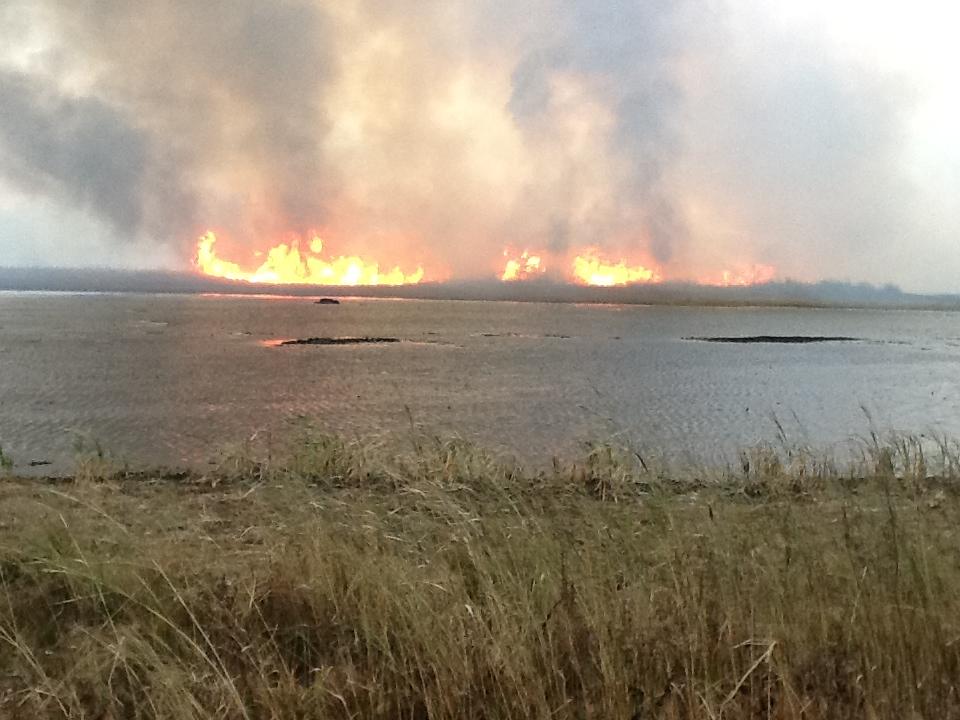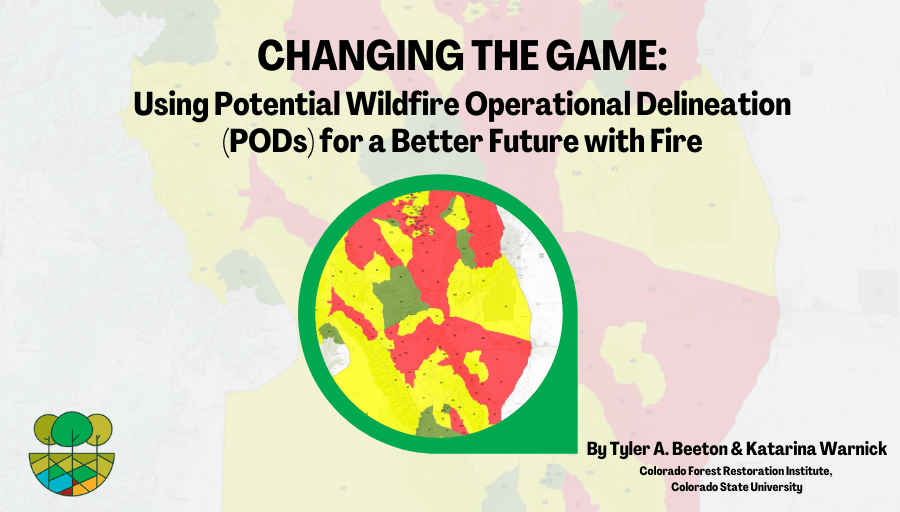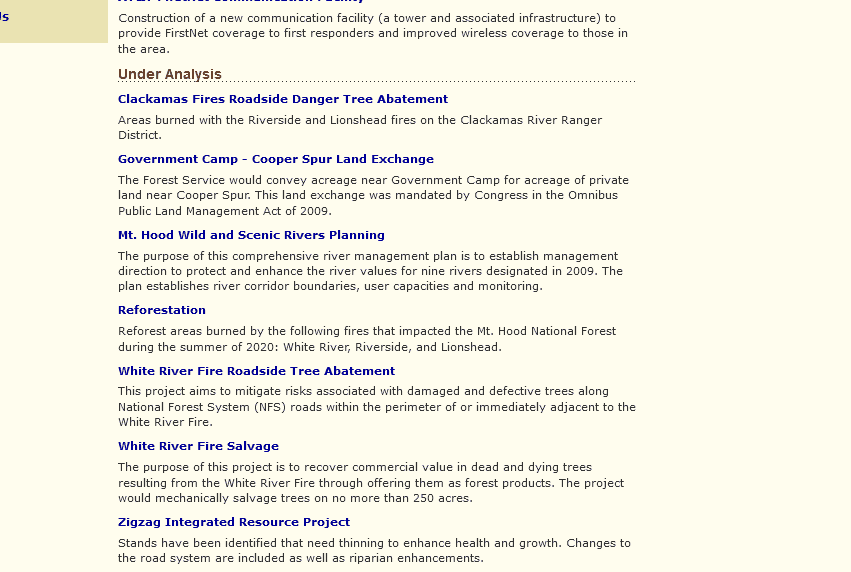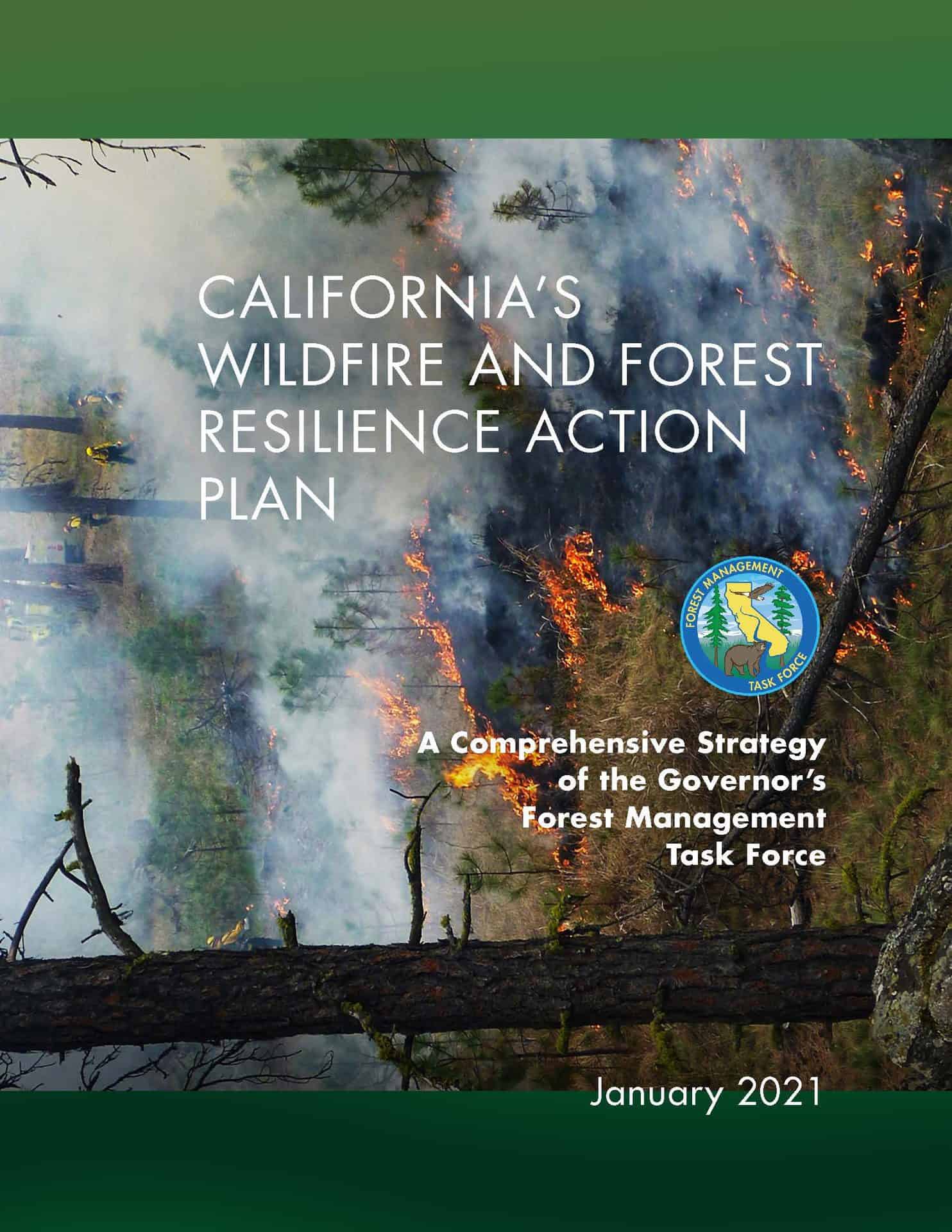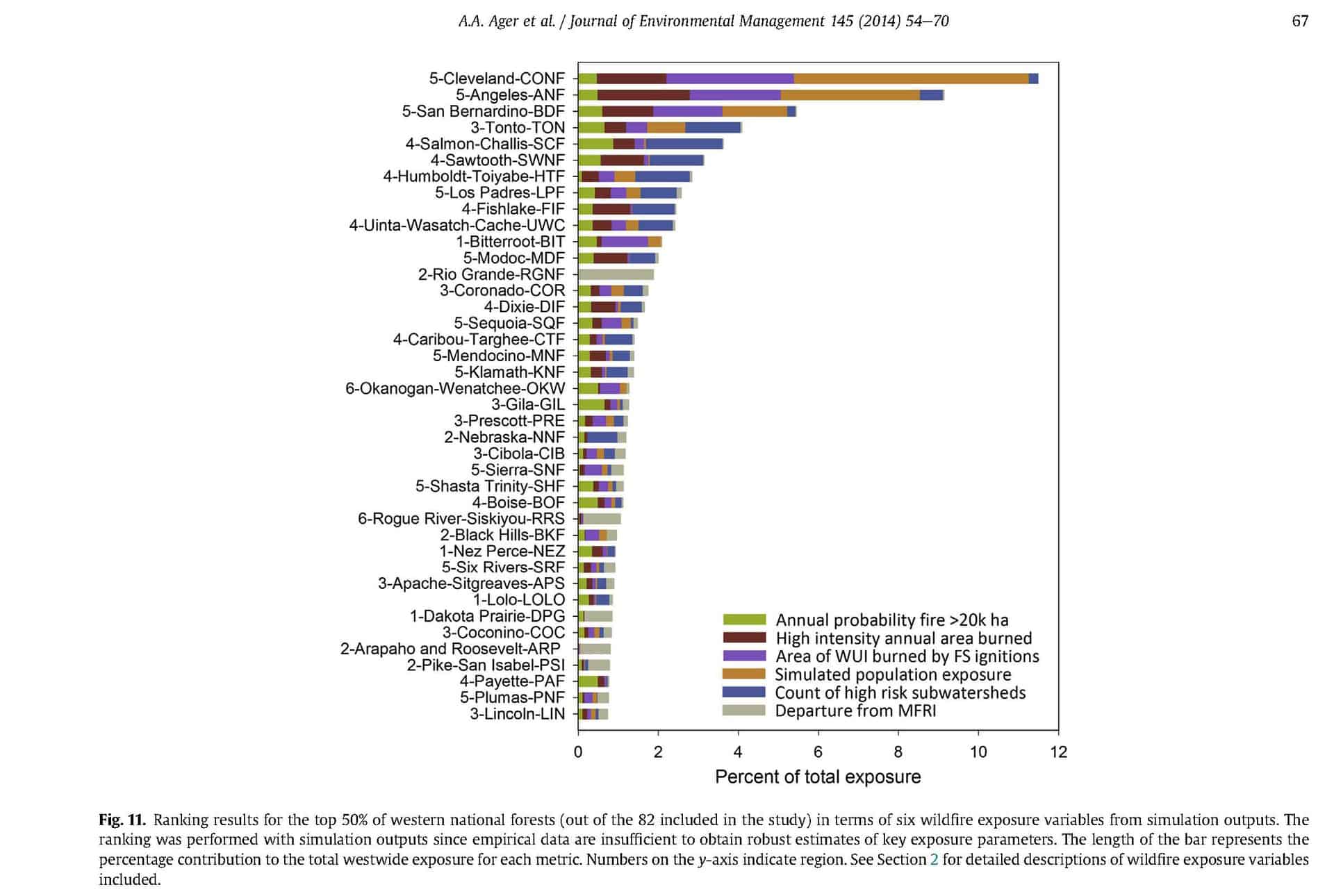This is probably obtuse and abstruse but here goes- I think it’s an interesting window into the minds of some people who have power in federal lands policy. Again, here are links to the summary and the bill itself. If you’ll remember, the Daines-Feinstein bill (and all others that tweak current NEPA procedures) tends to provoke this kind of language among many environmental groups. And this bill is supported by them… so let’s take a look at what it says. These are the NEPA procedures for the Landscape-Scale Forest Restoration Projects we discussed yesterday, the idea being to work on areas up to 100K acres.
(I) The project shall use an efficient approach to landscape-scale analysis and decisionmaking that is consistent with the National Environmental Policy Act of 1969 (42 U.S.C. 4321 et seq.), which may include—
1 (i) the preparation of a single environmental impact statement or environmental assessment, as applicable, for the entire project, incorporating the landscape assessment described in subparagraph (C);
(ii) the use of, as applicable—
(I) multiple records of decision to implement a single environmental impact statement; or multiple decision notices to implement a single environmental assessment;(iii) the preparation of a programmatic environmental impact statement or environmental assessment, as applicable, for the entire project, incorporating the landscape assessment described in subparagraph (C), followed by focused, concise, and site-specific—
(I) environmental assessments; or
(II) categorical exclusions consistent with the National Environmental Policy Act of 1969 (42 U.S.C. 24 4321 et seq.); or(iv) the use of the landscape assessment described in subparagraph (C), through incorporation by reference and similar approaches, to support focused, concise, and site-specific—
(I) environmental assessments; or
(II) categorical exclusions consistent with the National Environmental Policy Act of 1969 (42 U.S.C. 10 4321 et seq.).
So I am not a lawyer, but I find this confusing. If the idea of this bill is to make landscape scale projects more “efficient”, it seems to me that most efficient would be to develop a giant EIS (4FRI analyzed 1 mill acres and authorized 560K, without, as far as I know, supplemental site-specific NEPA). There are problems with this approach, though; it takes a long time to do and to litigate, and by then many of your carefully analyzed acres may have burned up, perhaps requiring re-analysis.
I think iii raises an interesting question.. what good would it do to do a programmatic if you already have an assessment and you are going to use EAs or CEs for the site-specific analysis? When I worked in DC, I noticed at the interagency NEPA meetings that CEQ seemed fond of programmatics, the agencies not so much. Double the NEPA, double the quality of the decision?
I like iv… going from some kind of assessment to EAs or CEs. But forests can do this already (even without the kind of assessment envisioned here). They can use a recent forest plan vegetation assessment if they have one, or other kinds of collaborative work like the Zones of Agreement that the Blue Mountains developed. So I’d argue that there could be a much simpler kind of assessment with which to support EAs and CE’s, and one that would be easier to update as needed.
So to get the more $ that goes with the Landscape Restoration Projects, you have to focus on returning to reference conditions (not helping suppression folks protect values at risk) and don’t seem to get any NEPA help- in fact you have to do more work (unnecessarily elaborate assessments). I’m not sure why this is part of a “Wildfire Emergency” Act.
